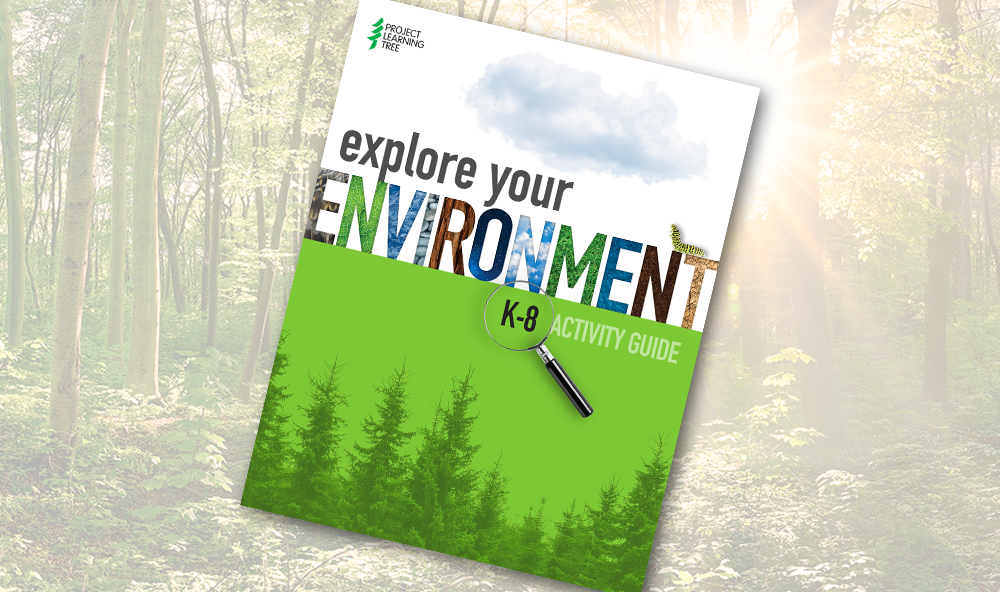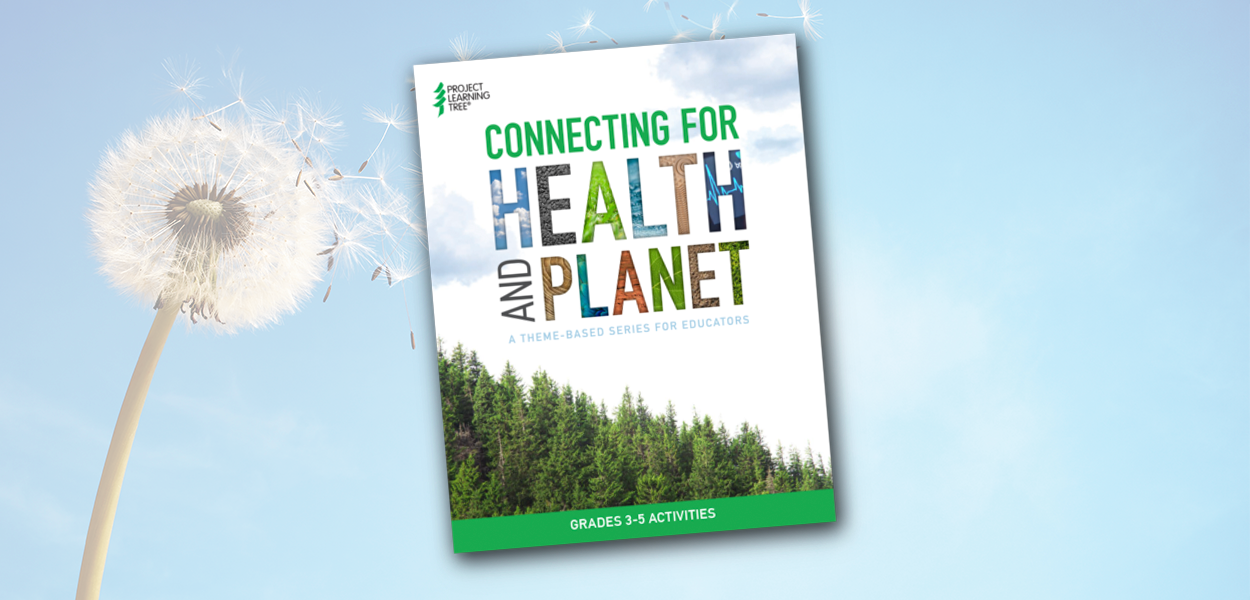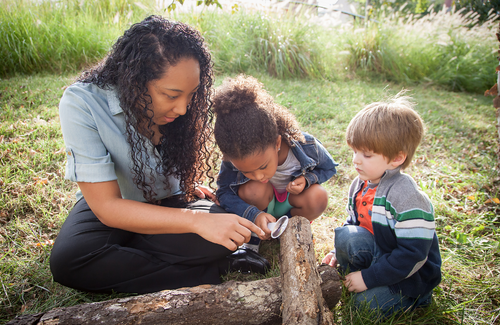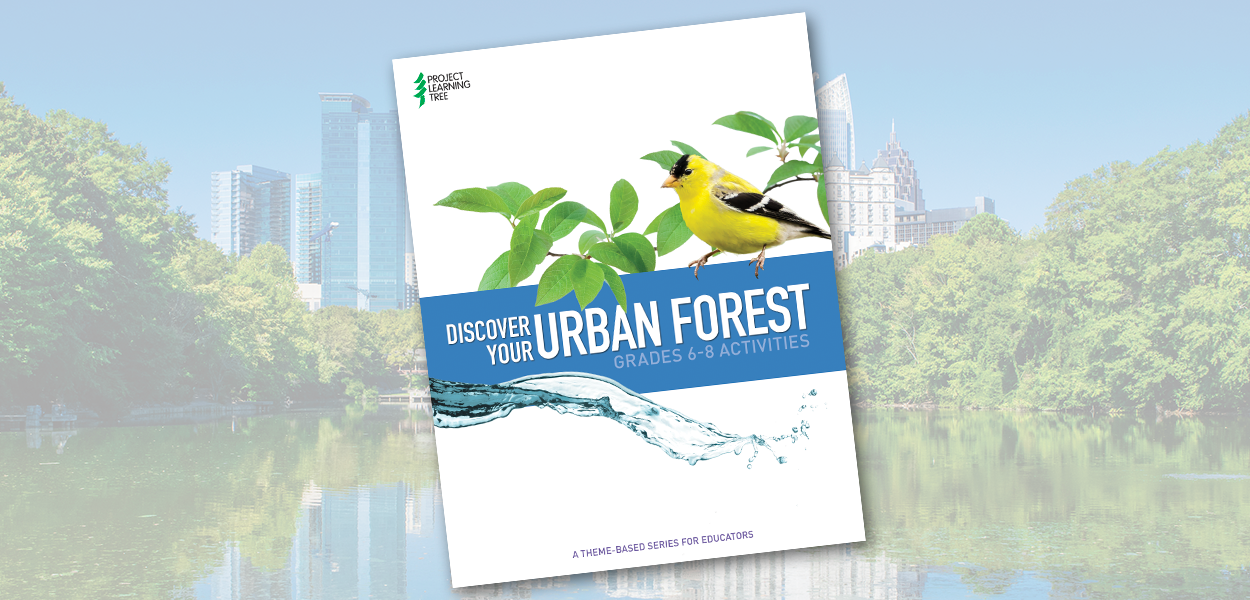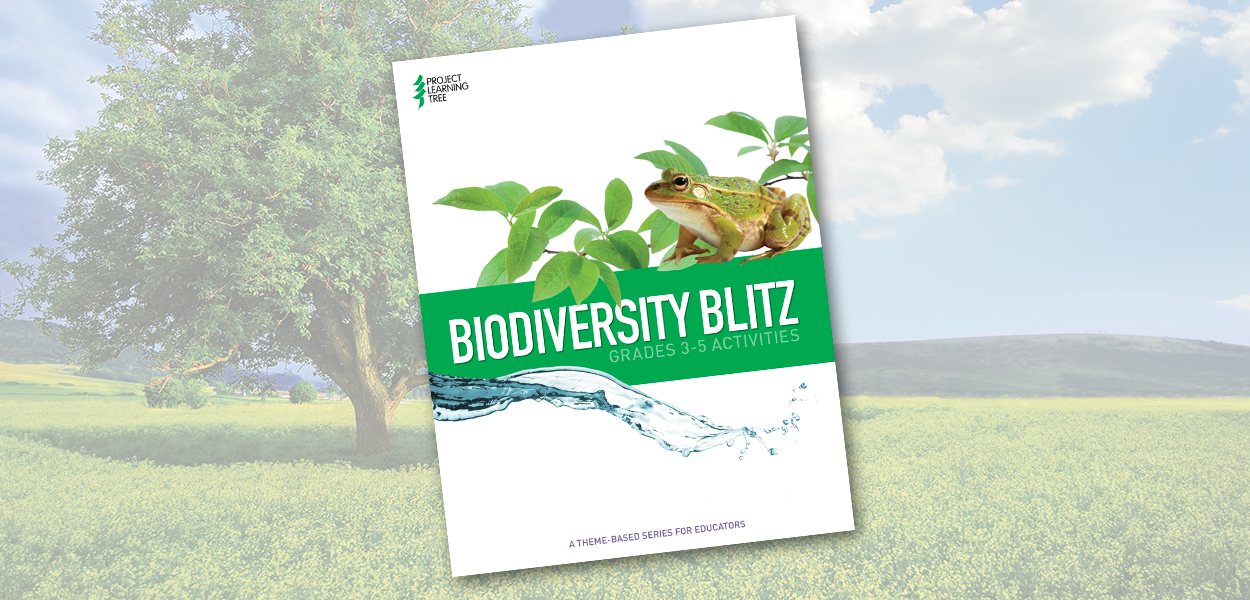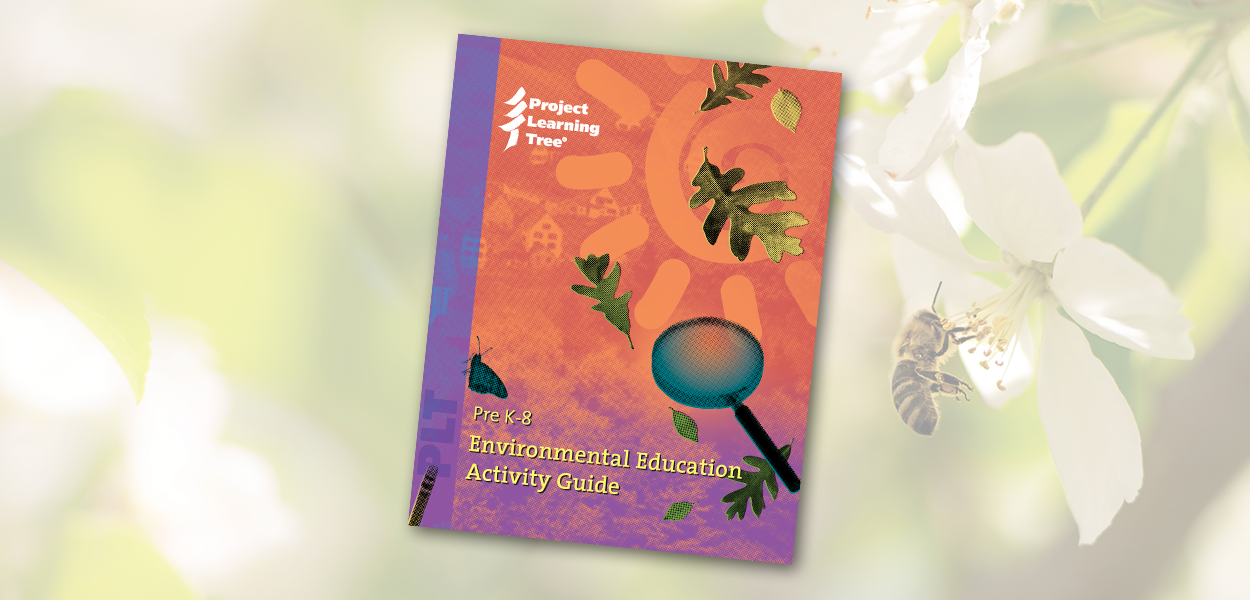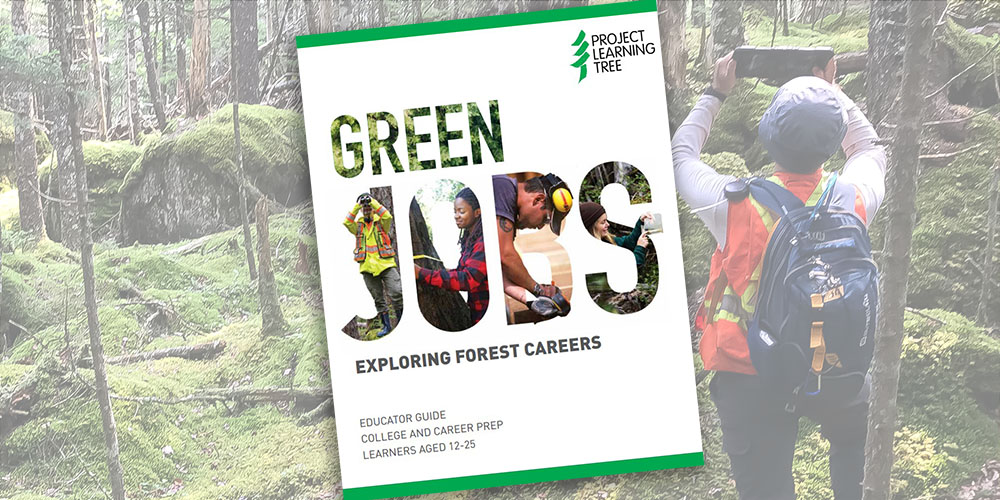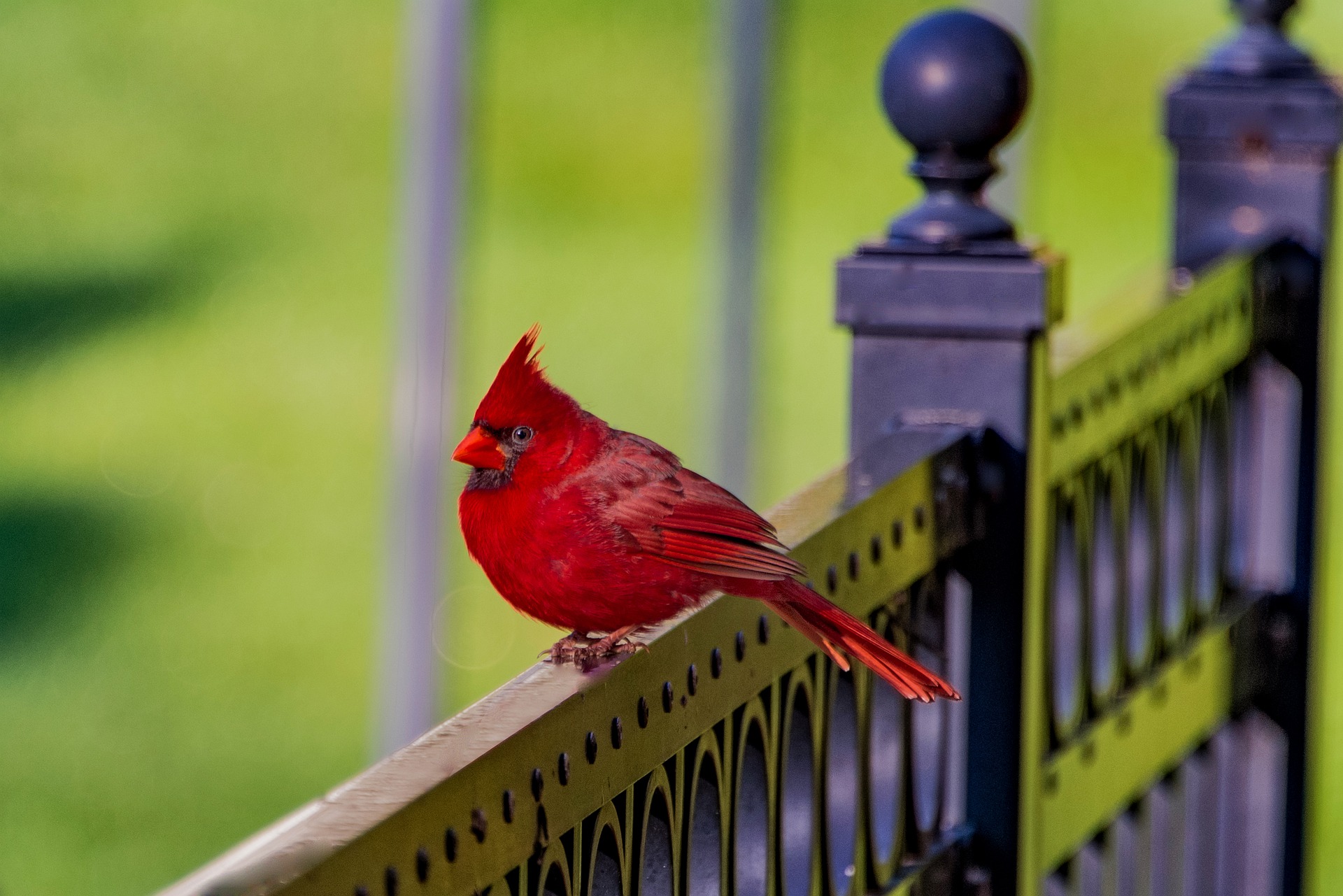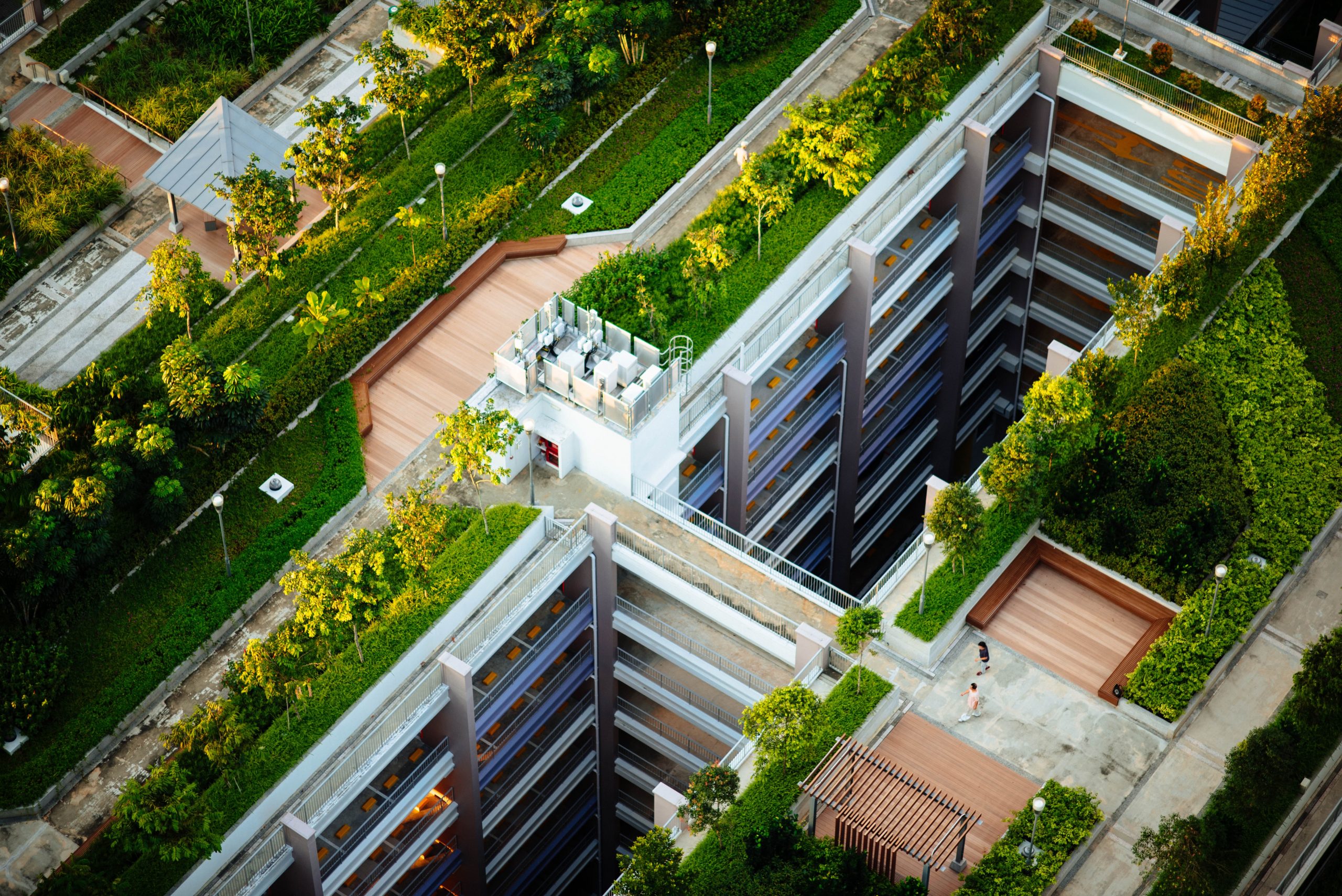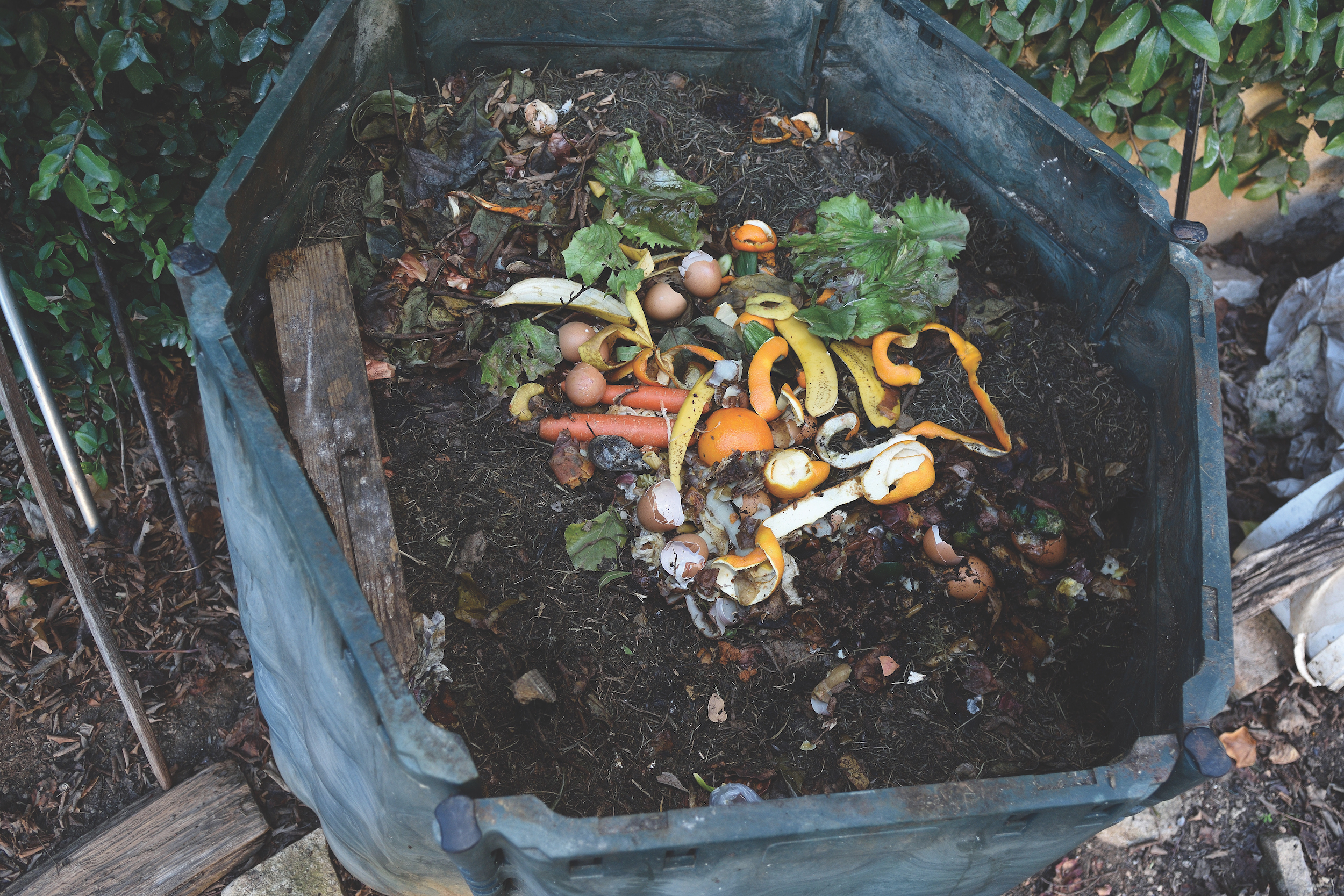January 17, 2023 | By Leslie Comnes | Educator Tips
Explore PLT resources to help you teach students about the environment, whether you’re new to teaching or looking for new environmental education resources to explore! PLT provides easy-to-teach, hands-on activities suitable for various settings, and a range of resources to support and mentor new educators.
November 28, 2022 | By Rae
Encourage learners to investigate environmental issues that affect their urban community. By inspiring youth to learn about the place they live, these activities help students better understand how the world works and what sustains them.
November 28, 2022 | By Rae
Biodiversity Blitz, part of PLT’s themed series for educators, features three grades 3-5 activities that invite learners to investigate species variability in an ecosystem, and how this variability – or biodiversity – helps sustain life on Earth.
November 28, 2022 | By Rae
Charting Diversity. Birds and Worms. Pollution Search. These are some of the 96 hands-on interdisciplinary activities found in Project Learning Tree’s PreK-8 Environmental Education Activity Guide.
November 8, 2022 | By Rae
Help youth discover careers in sustainable forestry and conservation. The Green Jobs: Exploring Forest Careers unit includes four hands-on, NGSS-aligned, instructional activities to help youth research forestry jobs.
June 9, 2022 | By Rebecca Reynandez | Educator Tips
Introduce kids to urban birdwatching and help them enjoy their immediate environments! Check out how to get started with urban birdwatching at your school, daycare, summer camp, or home, along with bird-themed activities that you can adapt for your classroom.
February 11, 2021 | By Tammy Brown | Educator Tips, Getting Started
Creating more green spaces can not only add natural beauty to cities, but it can also improve the health and well-being of its residents. Get your students inspired to add green spaces to urban areas.
December 28, 2020 | By Project Learning Tree
By examining trash, students can learn a lot about how and why they throw things away. Students find ways to reduce their community’s waste production and improve its management through participation in a service-learning project.
